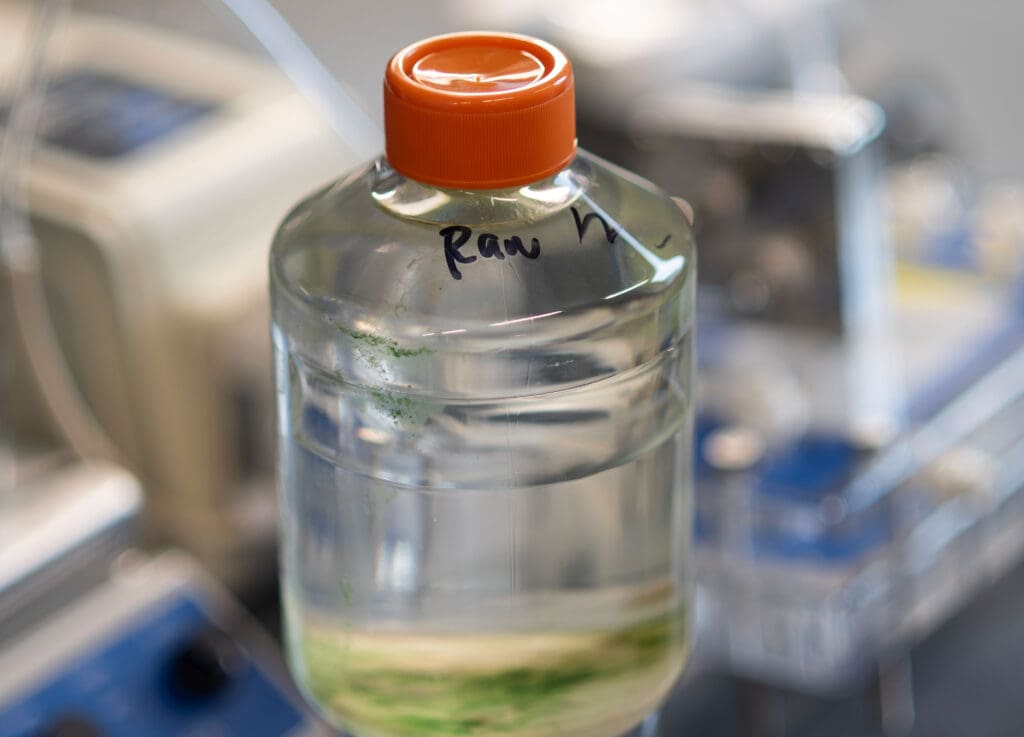The United States Invests in Clean Water Infrastructure – We Build Value

New York City Water Infrastructure Investment and Sustainable Development Goals
Commitment to SDG 6: Clean Water and Sanitation
New York City is undertaking significant measures to ensure the achievement of Sustainable Development Goal 6 (SDG 6), which aims to provide clean water and sanitation for all. The city’s water management strategy for its 9 million inhabitants is a clear demonstration of this commitment. These efforts also directly support SDG 3 (Good Health and Well-being) by safeguarding public health from waterborne contaminants.
- A daily water quality monitoring program has been operational since 1997.
- The system utilizes a network of 965 sampling stations strategically located throughout the metropolis.
- Fifty samples are analyzed each day to detect microorganisms, toxic chemicals, and other dangerous contaminants, ensuring the water supply remains safe.
Infrastructure Investment for Resilient and Sustainable Cities (SDG 9 & SDG 11)
To further bolster its water infrastructure, New York State has allocated substantial funding, aligning with SDG 9 (Industry, Innovation, and Infrastructure) and SDG 11 (Sustainable Cities and Communities). These investments are designed to build resilient, reliable, and sustainable infrastructure capable of supporting urban populations.
- Governor Kathy Hochul announced a $250 million package to support three major water facilities.
- A primary recipient of this funding is the Kensico-Eastview Connection project.
- This is part of a larger financial commitment to water infrastructure, which includes:
- Approximately $6 billion invested since 2017.
- $2.2 billion allocated for the 2024 fiscal year.
- An additional $500 million planned in the 2026 budget law.
Project Spotlight: Water Tunnel No. 3
The Kensico-Eastview Connection project, commonly known as Water Tunnel No. 3, is a cornerstone of the city’s long-term strategy for water security and resilience, directly contributing to the objectives of SDG 6 and SDG 11.
- Purpose: The tunnel provides essential redundancy and reserve capacity for the city’s water supply system, running parallel to the older Tunnels No. 1 (1917) and No. 2 (1936). This enhances the system’s resilience against failures or maintenance needs.
- Scope: Upon completion, the tunnel will have a total length of approximately 60 miles (100 kilometers), significantly increasing the capacity of the water distribution network.
- Timeline: Construction on this multi-generational project began in 1970 and is scheduled for completion in 2032, highlighting a long-term vision for sustainable urban development.
1. Which SDGs are addressed or connected to the issues highlighted in the article?
SDG 6: Clean Water and Sanitation
- The article’s primary focus is on water management, the enhancement of drinking water distribution, and daily water quality monitoring in New York City. This directly aligns with the core objective of SDG 6, which is to ensure the availability and sustainable management of water and sanitation for all.
SDG 9: Industry, Innovation and Infrastructure
- The text details significant investments in and the construction of large-scale water infrastructure, specifically Water Tunnel No. 3. This project is described as a means to build resilient infrastructure that offers “reserve capacity and redundancy,” which is central to SDG 9’s goal of building resilient infrastructure and fostering innovation.
SDG 11: Sustainable Cities and Communities
- The initiatives described are taking place in New York, a city of 9 million inhabitants. The efforts to secure the water supply and improve infrastructure are fundamental to making a city safe, resilient, and sustainable, which is the main goal of SDG 11. Providing reliable access to a basic service like clean water is a key component of sustainable urban development.
2. What specific targets under those SDGs can be identified based on the article’s content?
SDG 6: Clean Water and Sanitation
- Target 6.1: “By 2030, achieve universal and equitable access to safe and affordable drinking water for all.” The article highlights New York’s efforts to “enhance the drinking water distribution” for its 9 million residents through massive infrastructure projects like Water Tunnel No. 3, directly contributing to this target.
- Target 6.3: “By 2030, improve water quality by reducing pollution…” The article explicitly mentions that the city monitors water quality daily through 965 sampling stations to “detect the presence of microorganisms, toxic chemicals, and potentially dangerous contaminants,” which is a direct action towards improving water quality.
SDG 9: Industry, Innovation and Infrastructure
- Target 9.1: “Develop quality, reliable, sustainable and resilient infrastructure…to support economic development and human well-being…” The construction of Water Tunnel No. 3, a 60-mile-long project designed to run alongside two older tunnels, is a clear example of developing resilient infrastructure. The article notes it offers “reserve capacity and redundancy,” ensuring a reliable water supply for the city’s well-being.
SDG 11: Sustainable Cities and Communities
- Target 11.1: “By 2030, ensure access for all to adequate, safe and affordable housing and basic services…” Safe drinking water is a fundamental basic service. The infrastructure investments described are aimed at securing this service for the city’s entire population.
- Target 11.5: “By 2030, significantly reduce the number of deaths and the number of people affected…caused by disasters, including water-related disasters…” The redundancy provided by Water Tunnel No. 3 makes the city’s water supply system more resilient to potential failures or disasters, thus protecting the population from a water-related crisis.
3. Are there any indicators mentioned or implied in the article that can be used to measure progress towards the identified targets?
- Financial Investment in Water Infrastructure: The article provides specific figures that serve as direct indicators of investment in water infrastructure (Target 9.1). These include the “$250 million package,” “$6 billion in local water systems since 2017,” “$2.2 billion for fiscal year 2024,” and “$500 million planned in the 2026 budget.”
- Water Quality Monitoring Metrics: The article mentions several metrics that can be used to track progress on water quality (Target 6.3). These are the “965 sampling stations,” the analysis of “50 samples” every day, and the specific monitoring for “microorganisms, toxic chemicals, and potentially dangerous contaminants.”
- Physical Infrastructure Development: The scale of the infrastructure project is an indicator of progress. The article specifies that Water Tunnel No. 3 will have a “total length of approximately 60 miles (100 kilometers),” providing a tangible measure of the development of resilient infrastructure (Target 9.1).
- Population Served: The article mentions that New York is a “city of 9 million inhabitants.” This figure serves as the baseline population for which access to safe water is being secured, relating to the goal of universal access (Target 6.1).
4. Table of SDGs, Targets, and Indicators
| SDGs | Targets | Indicators |
|---|---|---|
| SDG 6: Clean Water and Sanitation | 6.1: Achieve universal and equitable access to safe and affordable drinking water for all.
6.3: Improve water quality by reducing pollution. |
– Securing water supply for 9 million inhabitants. – Number of sampling stations (965). – Number of daily samples analyzed (50). – Analysis for microorganisms, toxic chemicals, and contaminants. |
| SDG 9: Industry, Innovation and Infrastructure | 9.1: Develop quality, reliable, sustainable and resilient infrastructure. | – Financial investment in water infrastructure ($250 million, $6 billion, $2.2 billion). – Length of new infrastructure (60-mile tunnel). – Creation of redundancy with three parallel tunnels. |
| SDG 11: Sustainable Cities and Communities | 11.1: Ensure access for all to adequate, safe and affordable basic services.
11.5: Reduce the impact of disasters, including water-related ones. |
– Enhancement of drinking water distribution for a large urban population. – Investment in infrastructure to ensure system redundancy and resilience against failure. |
Source: webuildvalue.com

What is Your Reaction?
 Like
0
Like
0
 Dislike
0
Dislike
0
 Love
0
Love
0
 Funny
0
Funny
0
 Angry
0
Angry
0
 Sad
0
Sad
0
 Wow
0
Wow
0



























;Resize=805#)


















































